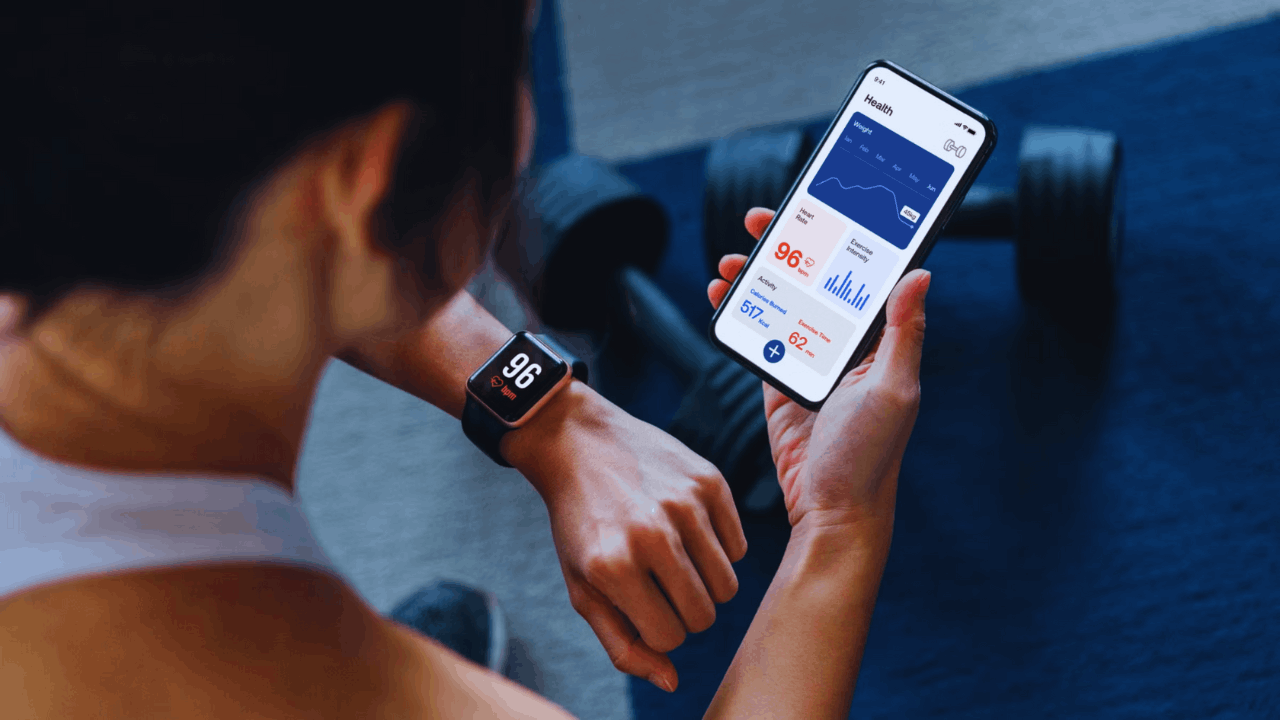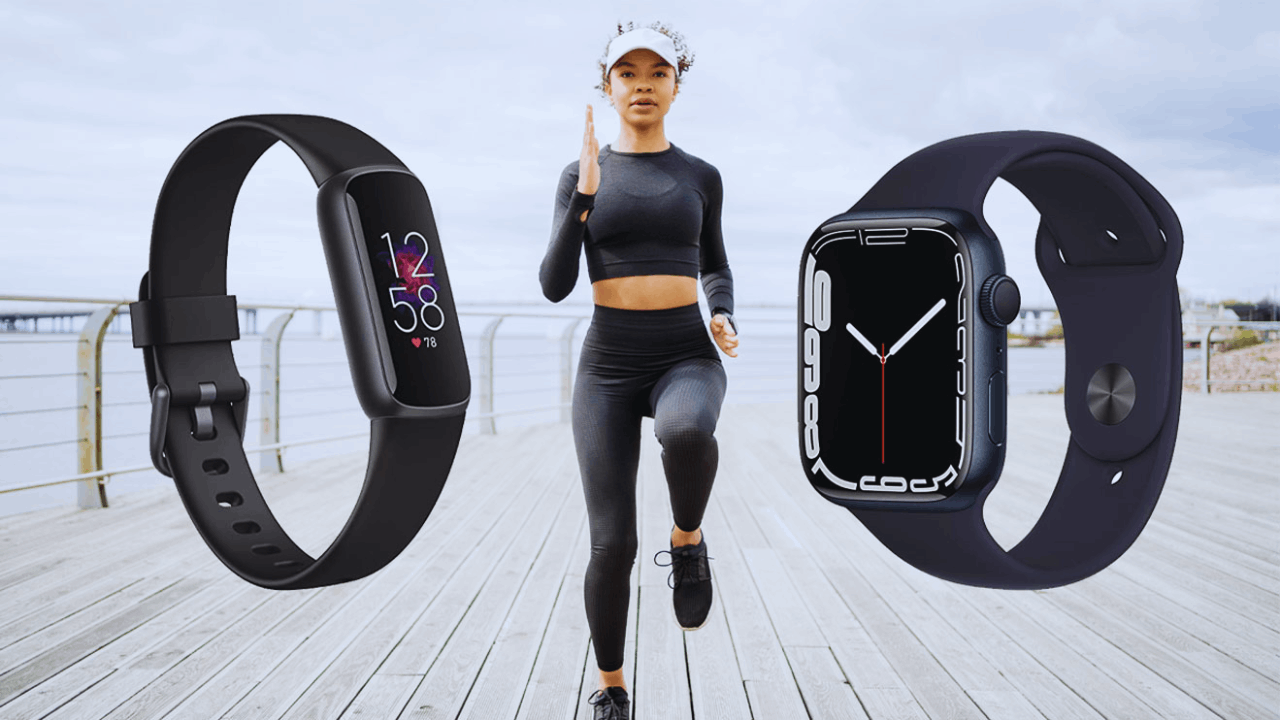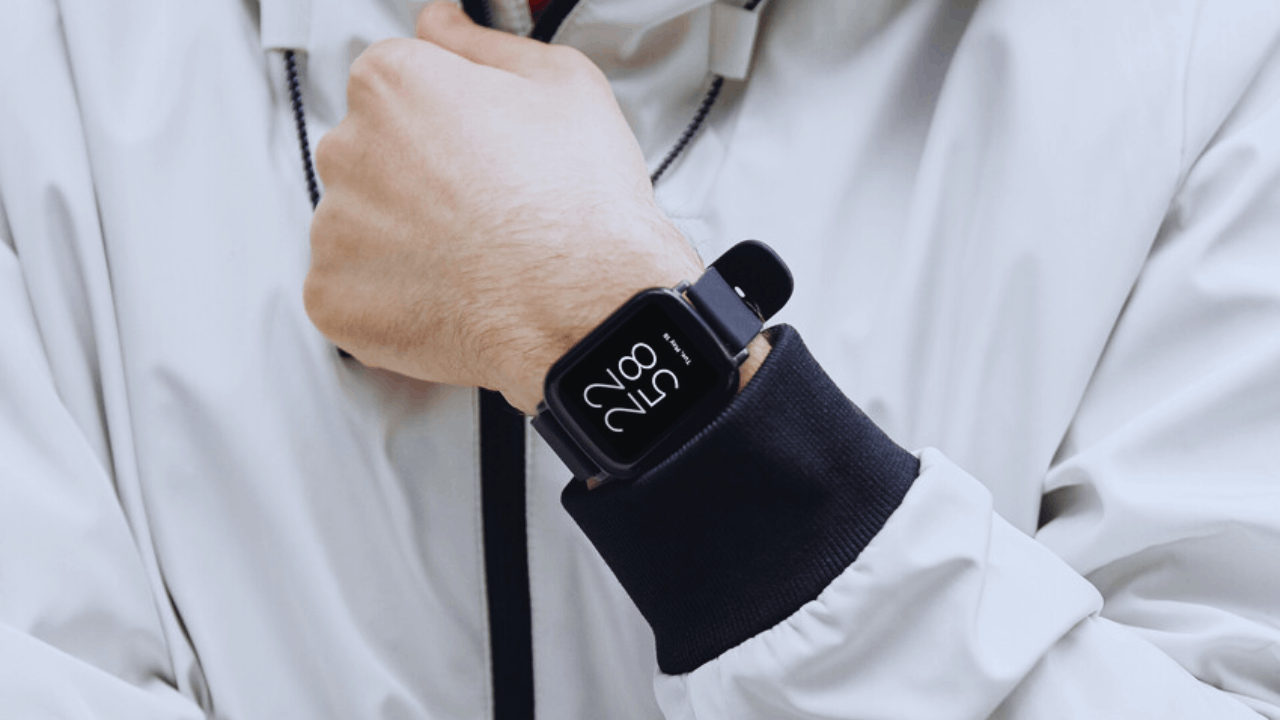Increasingly, people are turning to smart tools and wearables to gain better control over their well-being. The rise of fitness tracking technology has transformed how we approach health, movement, and daily routines.
These devices offer real-time insights that support more informed decisions and consistent habits. Whether you’re aiming to move more, sleep better, or simply stay accountable, tracking tools offer real benefits that go beyond the surface.

Understanding What Fitness Tracking Technology Can Do
Fitness trackers have evolved from simple step counters to highly intelligent devices that measure a wide range of health metrics.

These tools help users build awareness of their physical activity, heart rate, sleep patterns, and more. By providing accurate data, they allow you to adjust behaviors based on your current needs. As a result, fitness tracking becomes a supportive system that encourages steady progress.
Monitoring Movement Encourages Daily Activity
Many people underestimate how little they move throughout the day. Fitness trackers provide a clear snapshot of your activity levels and help reveal patterns that you might overlook.
When you see the numbers in front of you, you’re more motivated to stay active. This awareness often leads to small changes that add up over time.
Heart Rate Tracking Supports Smarter Workouts
Modern trackers measure your heart rate throughout the day, during exercise, and even at rest. Understanding your heart rate zones enables you to tailor workouts for endurance, fat burning, or recovery.
It also helps prevent overtraining by alerting you when you’re pushing too hard. This feedback ensures that your routines are both effective and safe.
Sleep Data Reveals Recovery Needs
Sleep is a crucial factor in maintaining both physical and mental health. Many fitness trackers now monitor both the duration and quality of your sleep.
Seeing data on light, deep, and REM stages gives insight into how well your body is recovering. With this information, you can make changes to improve rest and restore balance.
Building Health Goals With Greater Precision
Setting goals is easier when you can track your progress in real time. Fitness tracking technology provides structure and clarity around movement, nutrition, rest, and more.

By identifying trends, you gain a deeper understanding of what works and what needs adjusting. This leads to a more personalized approach to health.
Step Goals Keep You Moving Consistently
Walking remains one of the simplest and most beneficial forms of exercise. Most trackers encourage step targets that gradually increase with progress.
These small daily goals help reduce inactivity and promote steady cardiovascular health. Reaching them creates a sense of achievement that fuels future effort.
Calories Burned Provide a Useful Baseline
Understanding how many calories you burn each day supports better nutritional planning. While the numbers are estimates, they offer a helpful range for managing intake and energy use.
Over time, you learn how different activities affect your metabolism. This knowledge allows you to align exercise and diet more effectively.
Fitness Trends Highlight Strengths and Weaknesses
Looking at long-term data shows where you’re making progress and where you’re falling short.
Maybe you’re consistent with movement but not getting enough sleep, or you’re skipping recovery days. These patterns help you take action in areas that need more attention. The goal is to create a balanced, sustainable routine.
Enhancing Motivation Through Visual Feedback
Staying consistent with healthy habits can be hard, especially without visible results.

Fitness tracking technology addresses this by showing progress through charts, scores, and weekly summaries.
These visuals provide motivation by making your actions feel tangible. They serve as regular reminders of how far you’ve come.
Daily Streaks and Awards Reinforce Commitment
Many apps and devices use badges, streaks, or milestones to reward consistency. These small digital rewards create a positive cycle of action and reward.
You feel encouraged to keep going even when motivation dips. Gamifying health habits helps make them stick.
Progress Charts Offer Clear Visual Milestones
Charts that show your heart rate improvements, increased activity, or better sleep quality help make your work visible. When you can see improvement in line graphs and color-coded zones, it feels more real.
This confirmation builds confidence and encourages further progress. Tracking turns invisible change into visible success.
Notifications Provide Real-Time Encouragement
Smart devices often send reminders to stand, stretch, hydrate, or move. These prompts are designed to help you stay aware of your health throughout the day.
While simple, they reduce the chances of slipping into inactivity. Frequent reminders keep you engaged with your goals.
Supporting Mental and Emotional Wellness
While fitness trackers are often focused on physical health, they can also improve mental and emotional well-being.

By encouraging better sleep, balanced routines, and stress reduction, they support your overall sense of peace and resilience.
Health is more than physical numbers—it includes how you feel and function. Fitness tracking can contribute to greater mental balance.
Stress Monitoring Helps You Respond With Care
Some trackers now measure stress through heart rate variability and other metrics. These insights alert you when your body is under strain, even if you don’t feel it right away.
When you recognize stress early, you can take steps to manage it more effectively. This promotes calm and long-term emotional stability.
Sleep Tracking Strengthens Mental Clarity
Quality rest improves decision-making, mood, and memory. Tracking your sleep patterns helps you understand how routines, caffeine, or screen time affect your rest.
With better sleep, you wake up more refreshed and mentally alert. Consistent sleep hygiene supports both energy and emotional regulation.
Breathing and Meditation Features Foster Calm
Many wearable devices now include guided breathing or meditation programs. These features allow you to pause during stressful moments and reconnect with your body.
They are short and easy to follow, making them ideal for busy schedules. Using them regularly builds emotional resilience.
Customizing Your Routine With Data-Driven Choices
No single plan works for everyone. Fitness tracking technology makes it easier to customize your approach based on your body’s response.

Whether you want to improve endurance, lose weight, or sleep better, data helps guide your path.
Over time, your habits become more aligned with your goals and preferences.
Adaptive Goals Adjust Based on Performance
Some devices adjust your daily targets based on your recent performance and recovery levels. This helps prevent overexertion and supports healthy progression.
You avoid burnout by working with your body’s current capacity. Flexibility makes routines more realistic and sustainable.
Weekly Summaries Guide Your Planning
At the end of each week, many apps offer reports on your average activity, rest, and intensity. Reviewing these helps you plan adjustments for the following week.
You can scale up or slow down depending on what your body needs. Planning becomes proactive instead of reactive.
Activity Categories Show Where Time Is Spent
Fitness trackers often break down your movement into categories like walking, workouts, or active minutes.
This shows you how your time is distributed and which activities dominate your day. You can balance your routine by adding variety. This supports more complete fitness development.
Integrating Fitness Tracking With Long-Term Health
Fitness tracking is not just for short-term challenges or trends. When used consistently, it becomes a reliable companion in your ongoing wellness journey.

The more you use it, the more you learn about your habits, patterns, and capacity for change. It empowers you to take control of your health with clarity and purpose.
Long-Term Data Provides Deeper Insights
The more data you collect, the easier it becomes to identify trends over time. You can identify seasonal shifts, lifestyle impacts, and long-term performance changes.
This long view helps with planning and prevention. It also reinforces your progress and commitment.
Sharing Data With Healthcare Providers Increases Accuracy
Some trackers allow you to share your reports with medical professionals. This gives doctors more context when assessing your condition or giving recommendations.
It creates a more informed conversation around your health. Better data leads to better care.
Consistency Builds Confidence in Self-Management
Each day that you track your habits reinforces your role in managing your own well-being. Over time, you become more aware, more proactive, and more capable.
Fitness tracking becomes a tool for independence and empowerment. It strengthens your connection to your health journey.
Conclusion
Incorporating fitness tracking technology into your daily life can lead to stronger habits, clearer decisions, and lasting improvement. These tools offer real-time feedback, emotional support, and a structured way to monitor your progress.
Whether your goal is to move more, sleep better, or manage stress, the data helps guide your efforts with precision. Make fitness tracking part of your routine and experience a more energized, informed, and balanced life.



